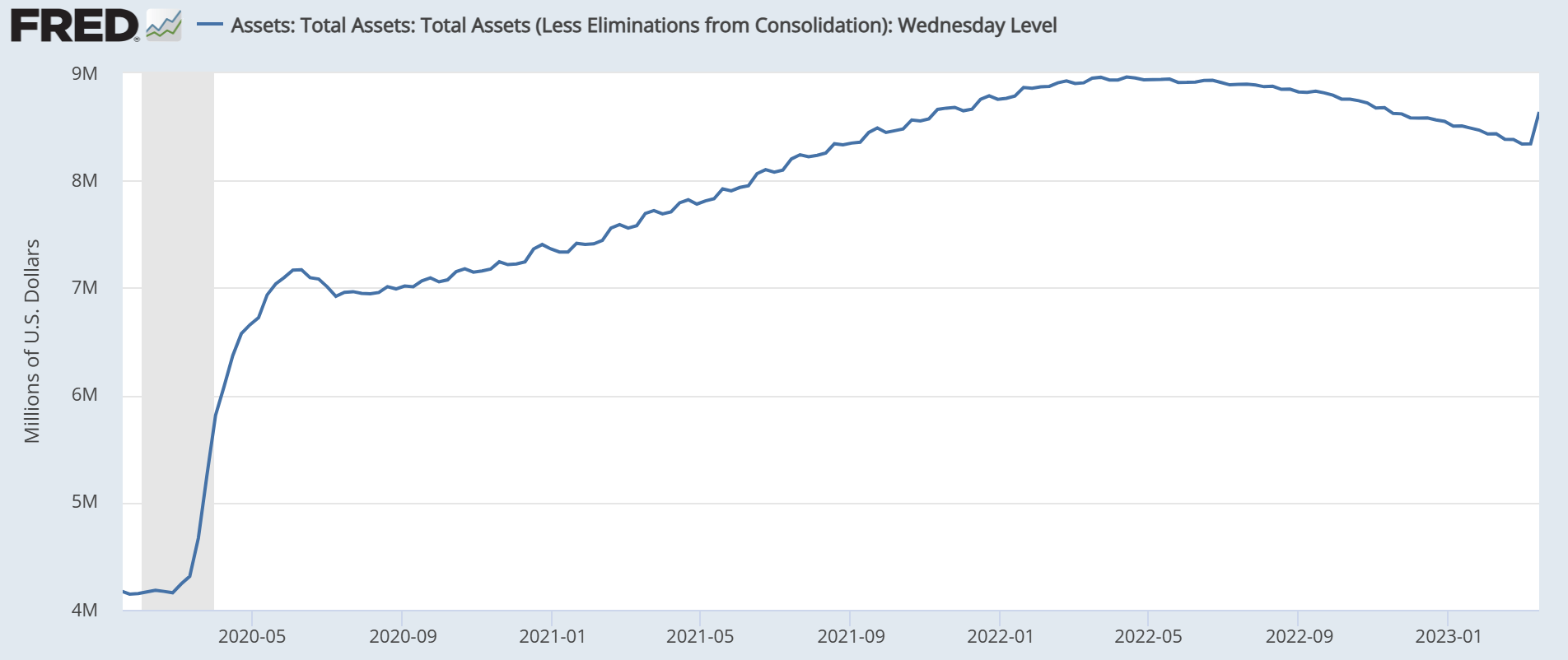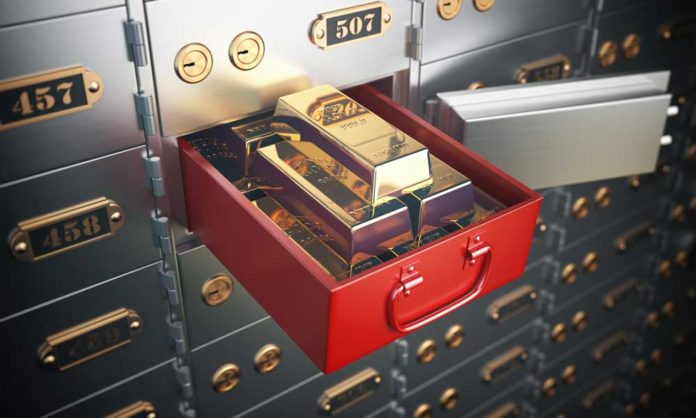Stocks fell today as the market’s up-and-down price action continued. The Dow and S&P both tumbled, pulled lower by plunging bank shares, while the Nasdaq Composite traded modestly lower.
Sentiment soured in response to a new Credit Suisse bank run, which emerged despite a $54 billion “loan” (ie, a bailout) from the Swiss National Bank. It’s clear that depositors no longer trust banks like they once did, even with central banks backstopping deposits.
Yesterday, a coalition of 11 banks provided First Republic Bank (FRB) with a $30 billion dollar bailout. The deal got the nod from regulators, who were more than happy to see an internal bailout from the banking industry. It propelled stocks – tech names, in particular – sharply higher into the close.
But was the FRB rescue necessarily a good idea? To billionaire hedge fund manager Bill Ackman, all it did was raise “more questions than it answered.”
“I am simply extremely concerned about financial contagion risk spiraling out of control and causing severe economic damage and hardship,” Ackman tweeted this morning.
“[Treasury Secretary Janet Yellen] has apparently pushed the [systematically important banks] to recycle some of the deposits they received from @firstrepublic back into FRB for 120 days. The result is that FRB default risk is now being spread to our largest banks.”
Ackman added:
“Spreading the risk of financial contagion to achieve a false sense of confidence in FRB is bad policy. The [systematically important banks] would never have made this low return investment in deposits unless they were pressured to do so and without assurances that FRB deposits would be backstopped if it failed.”
He then provided Yellen with another zinger:
“The market has responded to this fictional vote of confidence with a 35% after-market decline in FRB stock,” Ackman said.
From his point of view, Yellen strongarmed the banks into bailing out FRB. Instead, Ackman believes that the FDIC needs to expand its insurance program to guarantee all deposits. Investors were very uncomfortable with Yellen putting other banks at risk.
The question for traders is whether the ongoing banking crisis will impact the Fed’s next rate hike on March 22nd.
Some analysts have argued that the Fed should hold rates level to support the ailing banks. On the other hand, a pause here could spark panic among investors and depositors alike.
The CME Group’s FedWatch tool still shows a 71% chance of a 25 basis point hike next week. That’d down slightly from yesterday (75%), but up significantly compared to Monday when it was only 50%.
Gut-wrenching moves in the yield curve, from which the FedWatch tool derives its data, have only added to the market’s recent uncertainty. The market is now pricing in a far lower terminal federal funds rate as a result.
“There’s a good chance, in our view, that investors are now underestimating how much central bankers will raise rates over the next couple of months,” wrote Thomas Mathews, senior markets economist at Capital Economics, in a note.
“As such, we suspect the rally in short-dated bonds could go into reverse.”
Recession or no recession, banking crisis or no banking crisis, inflation is expected to remain stubbornly high now that the Fed is rebuilding its balance sheet.

That little uptick toward the right of the chart is a $300 billion addition to the Fed’s balance sheet, which came on the heels of last week’s BTFP program that “lent” money to banks to erase the industry’s massive unrealized losses. The Fed effectively undid roughly one-quarter of its quantitative tightening (QT) in a single week! And as bank troubles compound, the Fed’s balance sheet should continue to swell, effectively ending QT and rebooting quantitative easing (QE) under a different name.
QE powers stock rallies. But it drives inflation higher, too. That means we’ll probably have the Fed running QE and rate hikes simultaneously. Imagine stomping on the gas and the brakes of a car at the same time.
The moral of the story? Gold has perhaps never looked more attractive, regardless of what the Fed decides to do when it raises rates (or not) next week.








